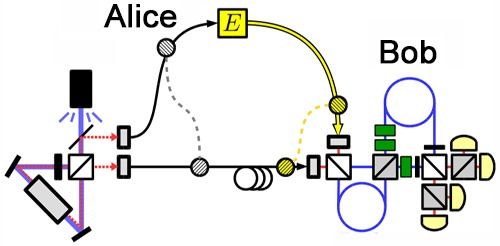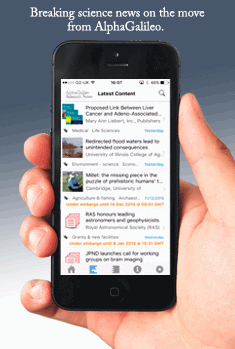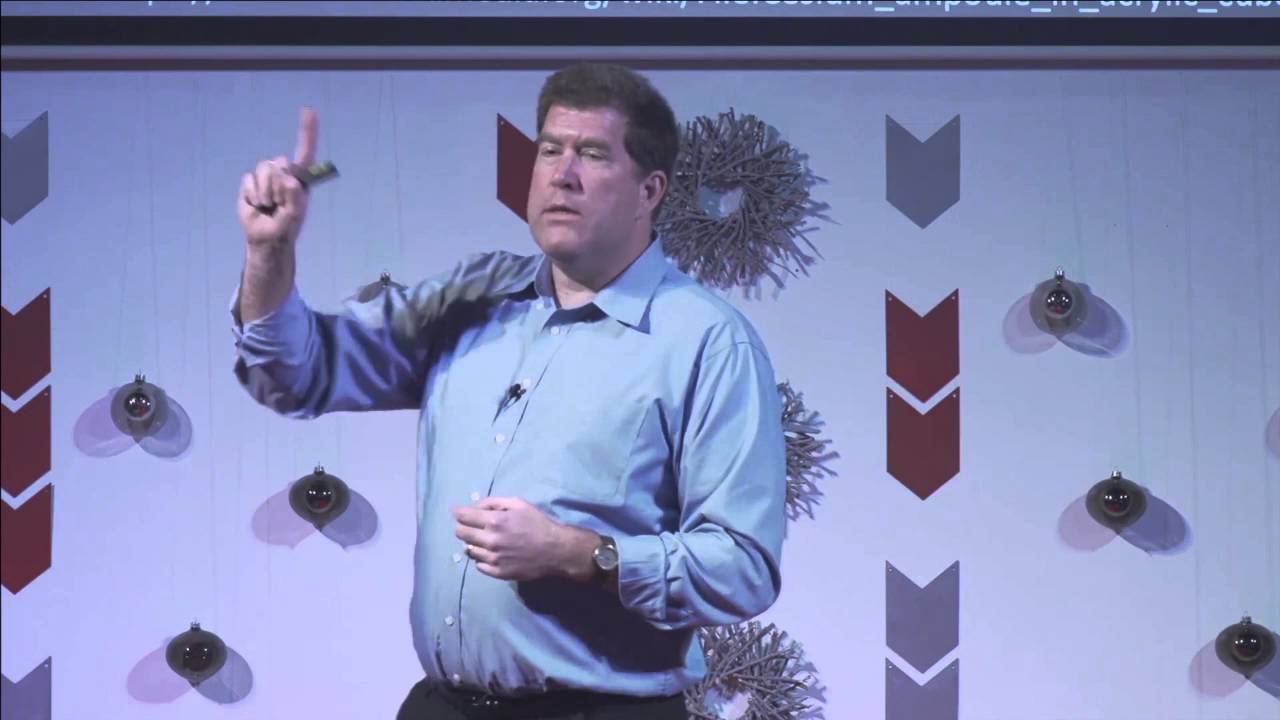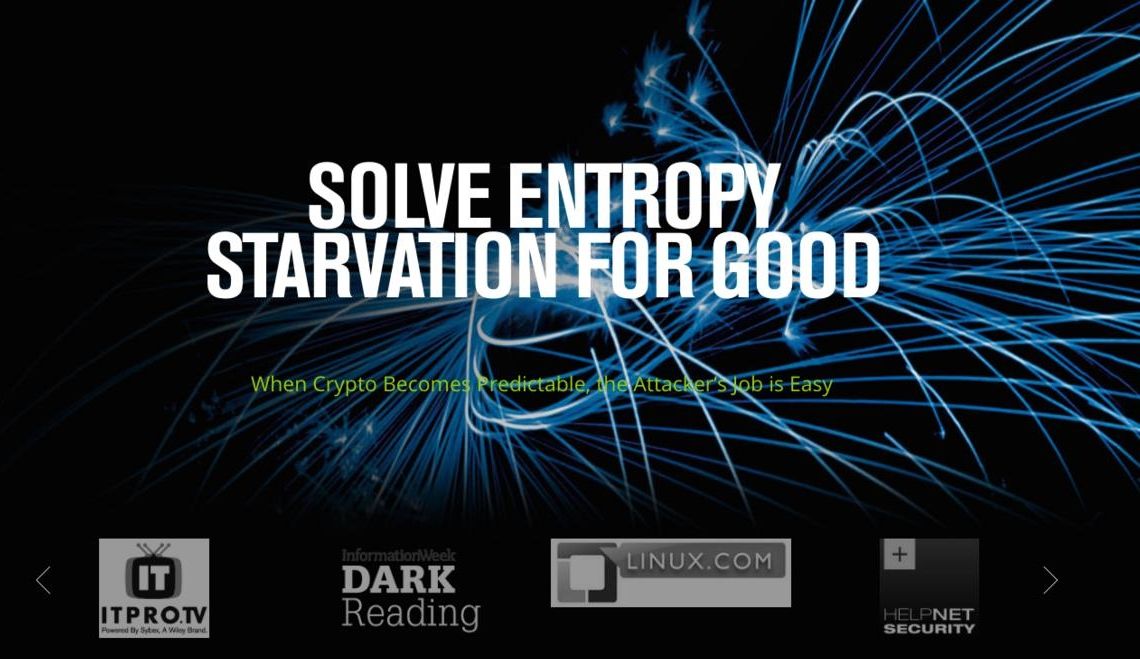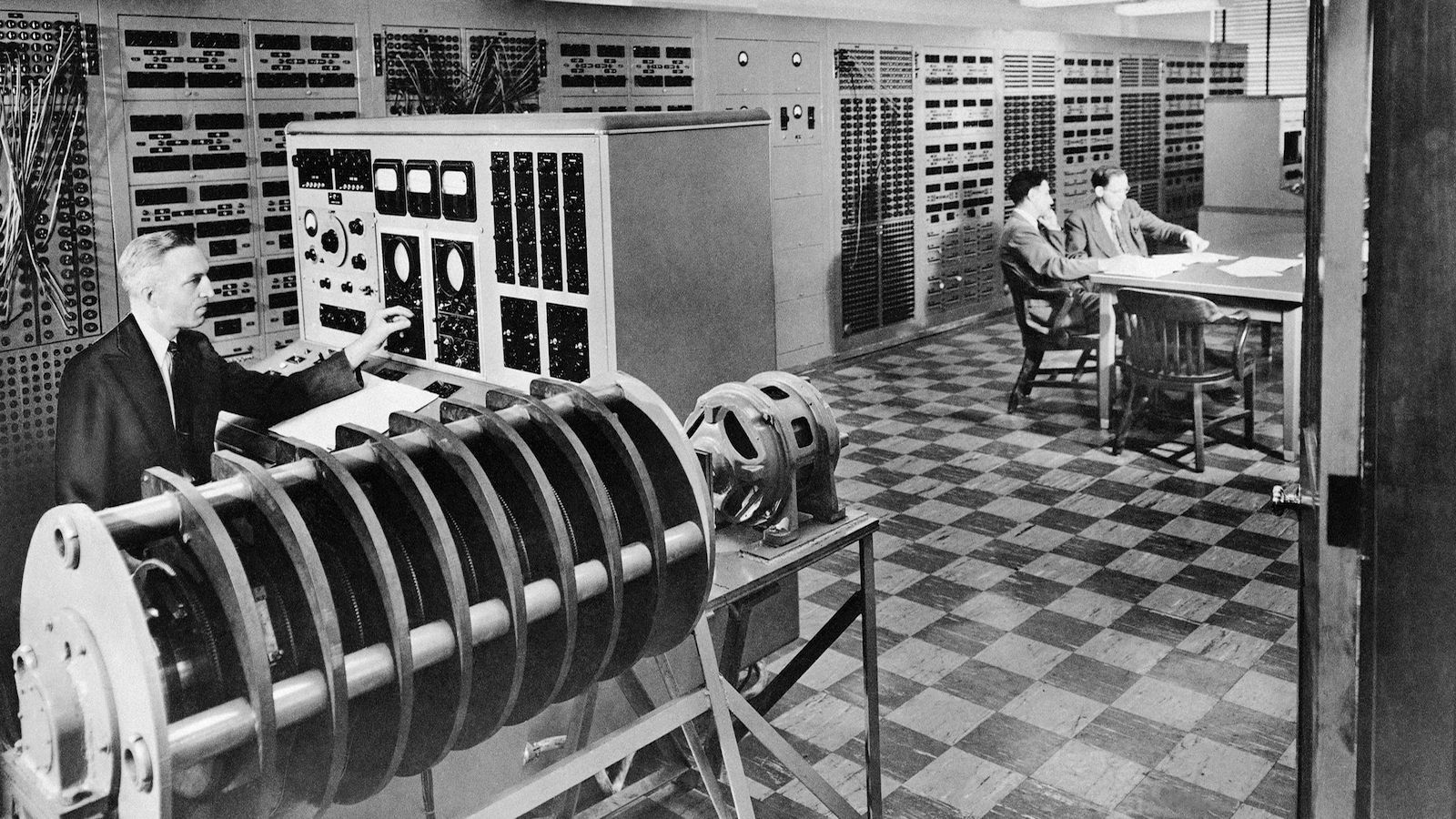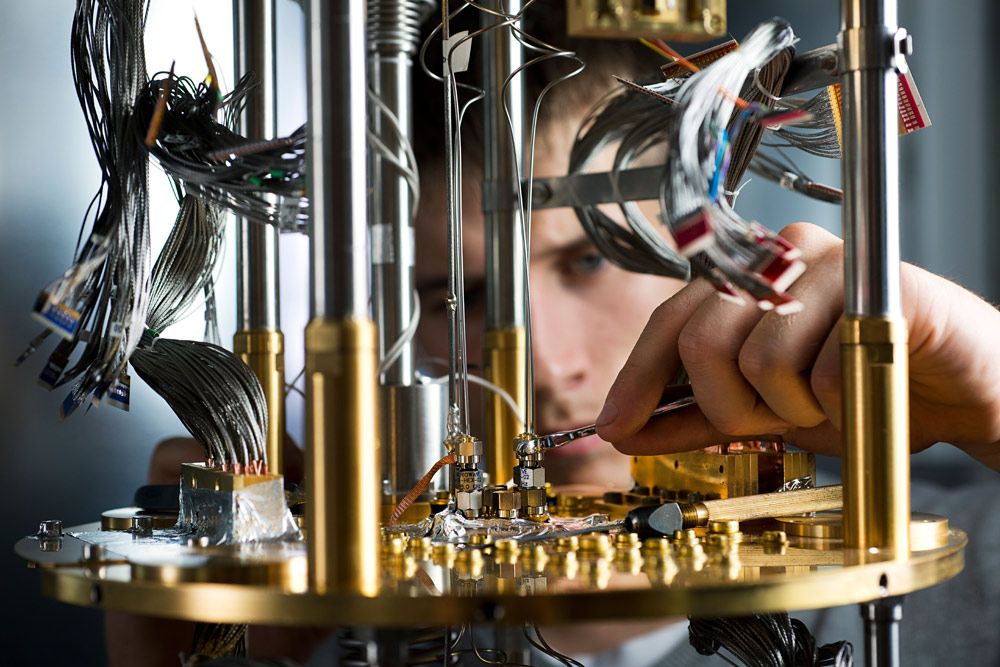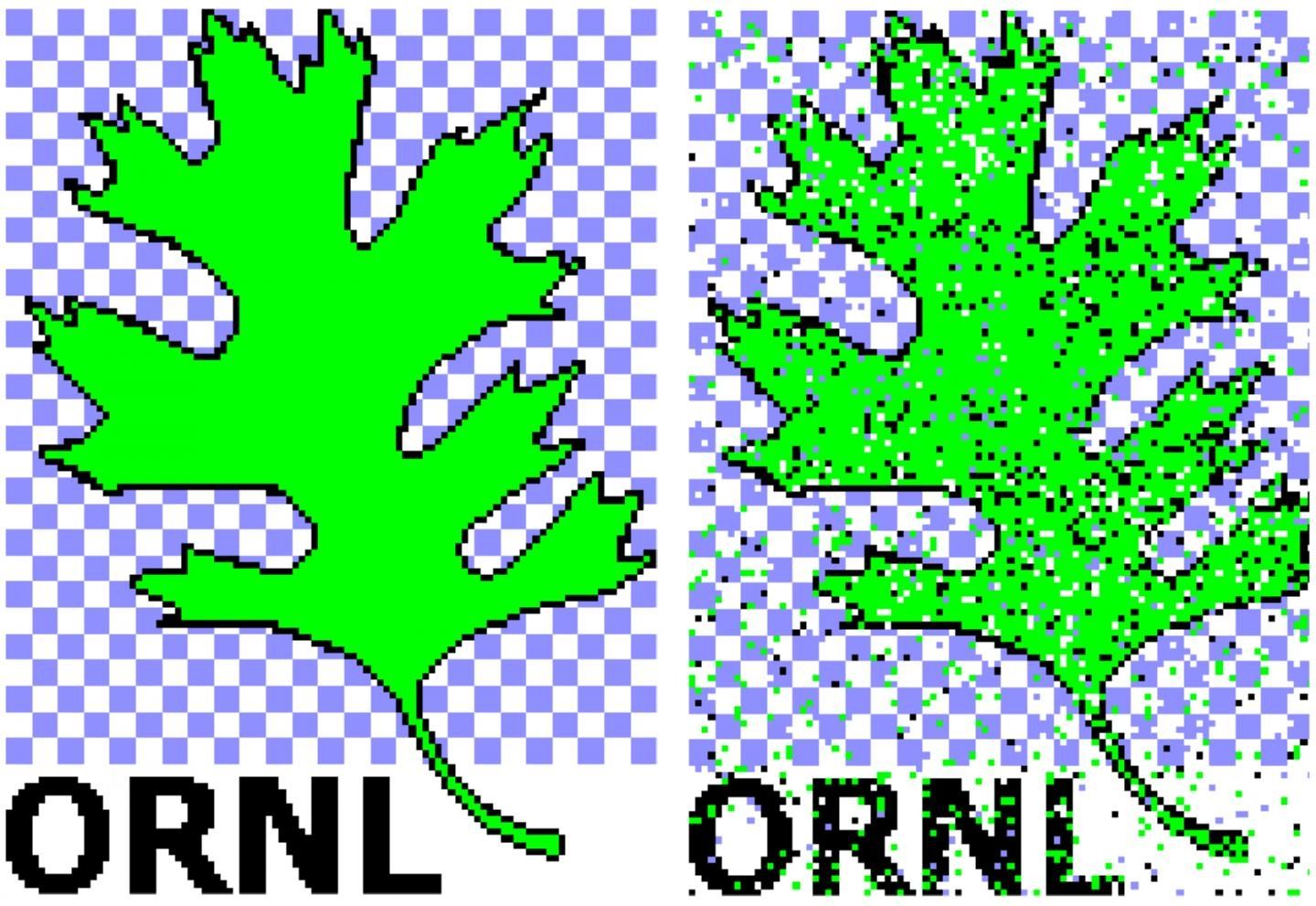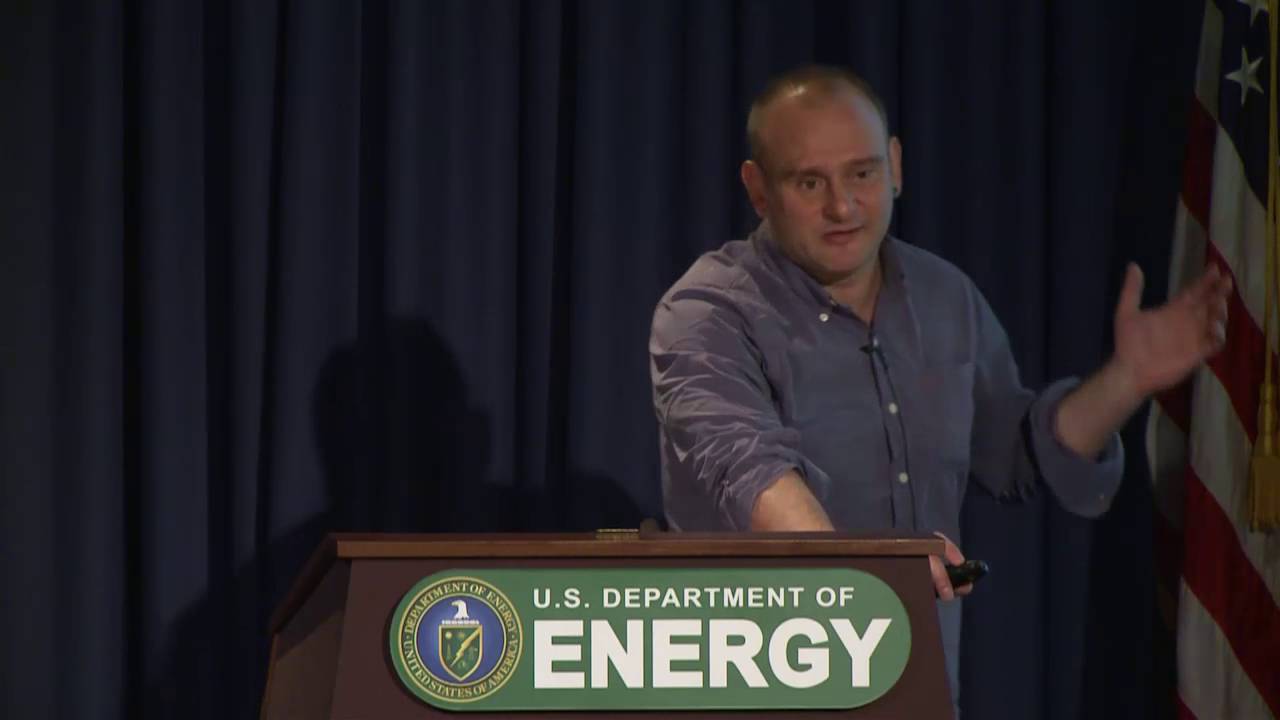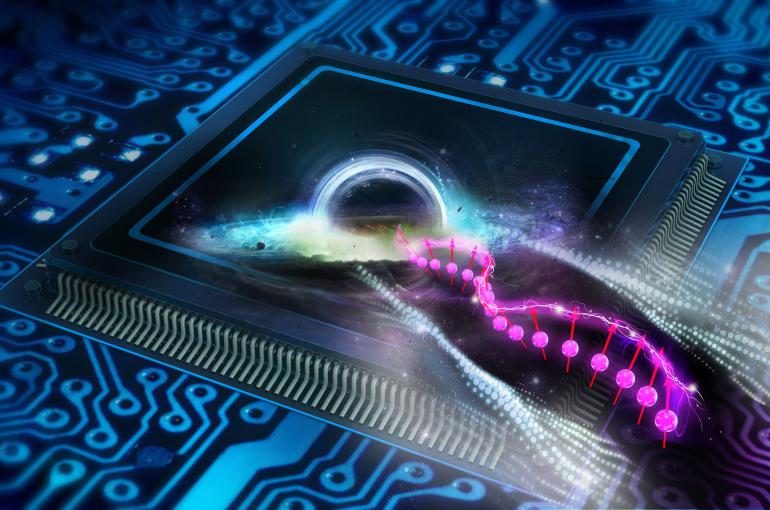Feb 1, 2017
Synopsis: Superdense Coding over Optical Fiber
Posted by Karen Hurst in category: quantum physics
Researchers have demonstrated the fiber transmission of quantum information in which each quantum bit carries nearly two bits of classical information.
Sending quantum bits can potentially be twice as efficient as sending classical bits. But realizing this so-called superdense coding has been a major challenge. Brian Williams and colleagues from Oak Ridge National Laboratory, Tennessee, have sent quantum bits over a small fiber link, achieving a new record in bit density. Their technique utilizes the hyperentanglement of photon pairs—a combined entanglement in their polarization and time degrees of freedom.
Suppose Alice wants to send a two-bit message to Bob. She could send two photons with the message encoded in their polarizations. Or, using superdense coding, she could send one polarized photon qubit whose polarization state encodes both bits. The latter option requires that the two parties initially share a pair of photons with entangled polarization. Alice performs one of four operations on her photon and then sends it to Bob, who combines it with his photon to measure which operation Alice performed.
